How can you bring classical music to children? Three very famous composers had an idea. They simply did what they did best: Compose.
What you will read in this article:
In this article, you will learn about three works that have been sparking children’s enthusiasm for classical music for decades. But: even as an adult, it is worth listening to these works again and again.
Sergei Prokofiev, Peter and the Wolf
If you are a German speaker, chances are you came into contact with Prokofiev’s Peter and the Wolf in your childhood. Although Prokofiev was a Soviet composer, Peter and the Wolf is the most popular of the three works presented here in German-speaking countries.
Prokofiev writes programme music here: a narrative is combined with music. The aim is to introduce the individual instrumental groups of the orchestra. Prokofiev not only wrote the music, but also the accompanying narrative.
The story is about Peter. Peter is a little boy who lives with his grandfather. One day, when Peter leaves the garden gate open, the wolf comes, causing excitement among all kinds of animals that live in the garden: There is a duck, a bird and a cat. In the end, of course, the wolf is caught so that the approaching hunters don‘t have to shoot it.
Prokofiev’s trick: the characters in the narrative are assigned to the instruments:
– Peter: Violins
– Bird: Flute
– Duck: Oboe
– Cat: Clarinet
– Grandfather: Bassoon
– Wolf: Horns
– Hunters: Trumpets and Timpani
In addition, each character is given its own musical theme, which differs in articulation and dynamics from the other themes. Depending on what happens in the narrative, the individual themes and instrumental groups are combined with each other. This makes it very easy to follow the narrative by listening. Listen for yourself:
The hr-Sinfonieorchester plays under the direction of Anna Skryleva. The narrator is Ulrich Noethen.
Camille Saint-Saëns, The Carnival of the Animals
The Carnival of the Animals by Camille Saint-Saëns is particularly popular in French-speaking countries, but it is also known in German-speaking countries. The idea Saint-Saëns pursues is actually not so different from Prokofiev’s idea: different animals are characterised by their own music.
But there are a few differences. The instruments are not as consistently linked to the animals as is the case with Prokofiev. This has to do with the fact that Saint-Saëns’ Carnival of the Animals is composed for chamber orchestra (with only 11 instruments), while Prokofiev’s Peter and the Wolf was written for full symphony orchestra.
Thus, the piano and strings embody both the lions and the turtles (funny, isn’t it? 😊). Nevertheless, Saint-Saëns serves certain associations: It is, of course, no coincidence that the heavy, dark sound of the double bass embodies the elephant.
The Carnival of the Animals is divided into fourteen small movements. Do you recognise the lions, chickens, turtles and elephants? 😊
The Munich Radio Orchestra plays under the direction of my dear colleague Marie Jacquot. Uta Sailer and Johannes Volkmann are the narrators.
Benjamin Britten, The Young Person's Guide to the Orchestra
The Young Persons’s Guide to the Orchestra by the British composer Benjamin Britten is also very famous. It is the most “technical” of the three pieces presented here.
By this I mean that the connection between instruments and animals does not exist in Britten’s work. Although there is a narrative for The Young Persons’s Guide to the Orchestra, it functions more like a documentary. Britten wrote the piece for a documentary in which the instruments of the orchestra are presented.
Unlike Prokofiev and Saint-Saëns, Britten uses an old model: the Rondo from the Abdelazer Suite by the (also British) composer Henry Purcell is the basis for Britten’s piece.
The Young Person’s Guide to the Orchestra has a theme, variations and a final fugue. The aim here, just as in Prokfiev’s work, is to introduce the orchestral instruments. To this end, the theme is first played by the entire orchestra, then successively by the woodwinds, brass, strings and percussion.
In the variations that follow, one instrument takes the “leading role” at a time. This development culminates in the final fugue, in which all the instruments of the orchestra are reunited. Listen for yourself:
The YouTube Symphony Orchestra plays under the direction of Michael Tilson Thomas.
I hope I have been able to show you that Prokofiev, Saint-Saëns and Prokofiev really wanted to bring music closer to children. But even as an adult, you can’t listen to their three pieces often enough – you always discover something new.
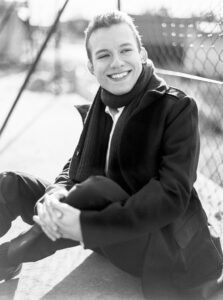
Jonathan Stark – Conductor
Hello! I'm Jonathan Stark. As a conductor, it is important to me that visits to concerts and operas leave a lasting impression on the audience. Background knowledge helps to achieve this. That's why I blog here about key works of classical music, about composers, about opera and much more that happens in the exciting world of music.

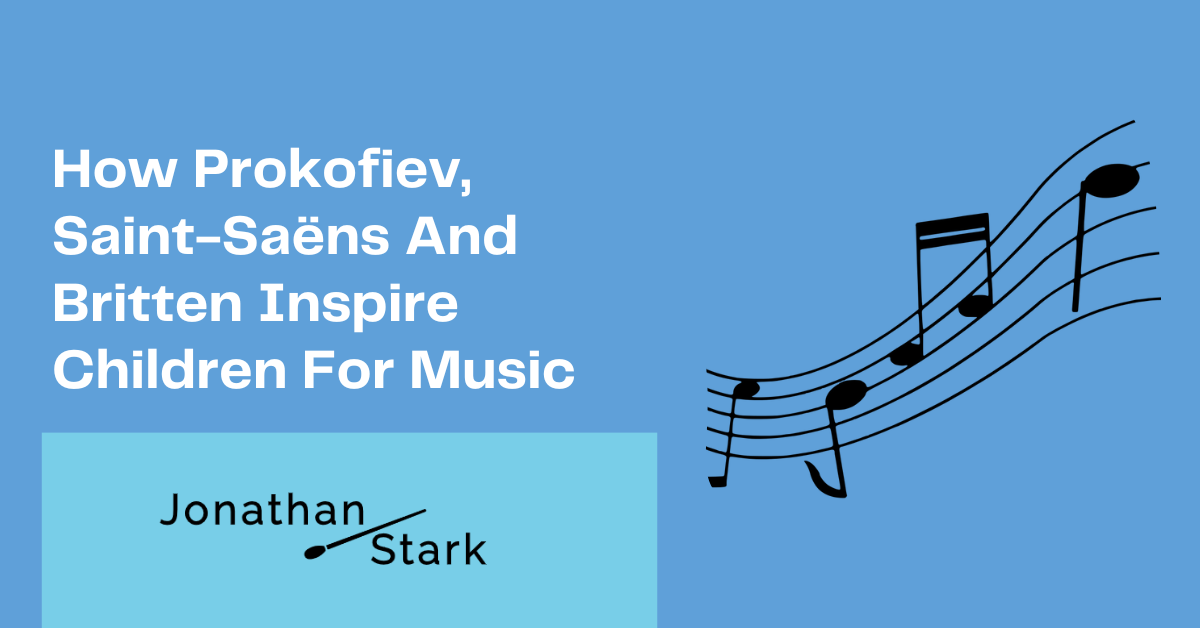
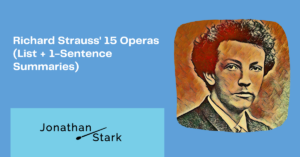
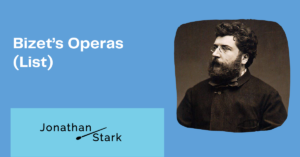
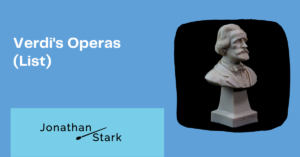
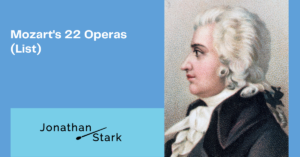
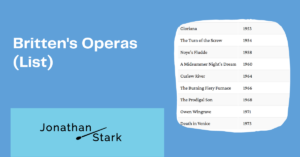
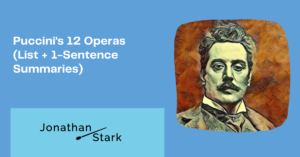
Interessanter Vergleich!
Liebe Grüße
Martin
P.S.: Viel Spaß in St. Moritz!